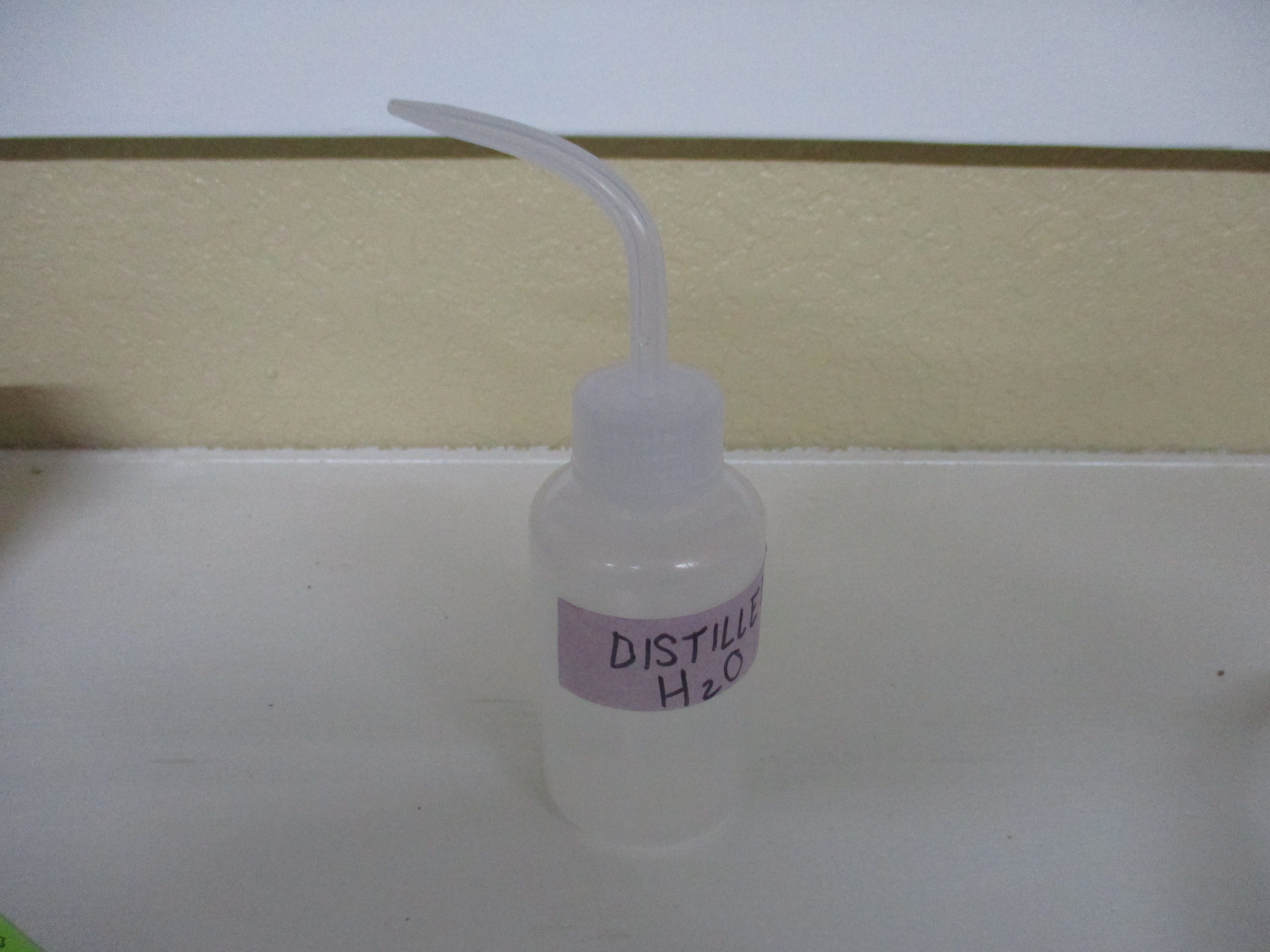Always good to shop around.
http://www.testequipmentdepot.com/m...storage-solution-ph-orp-electrodes-ma9015.htm
https://milwaukeeinstruments.com/milwaukee-ma9015-storage-solution-for-ph-orp-electrodes-230ml/
Milwaukee Instruments posts coupons at HBT. Test Equipment Depot had a nice sale around Thanksgiving. Prices change at both due to supply/demand.
http://www.testequipmentdepot.com/m...storage-solution-ph-orp-electrodes-ma9015.htm
https://milwaukeeinstruments.com/milwaukee-ma9015-storage-solution-for-ph-orp-electrodes-230ml/
Milwaukee Instruments posts coupons at HBT. Test Equipment Depot had a nice sale around Thanksgiving. Prices change at both due to supply/demand.



